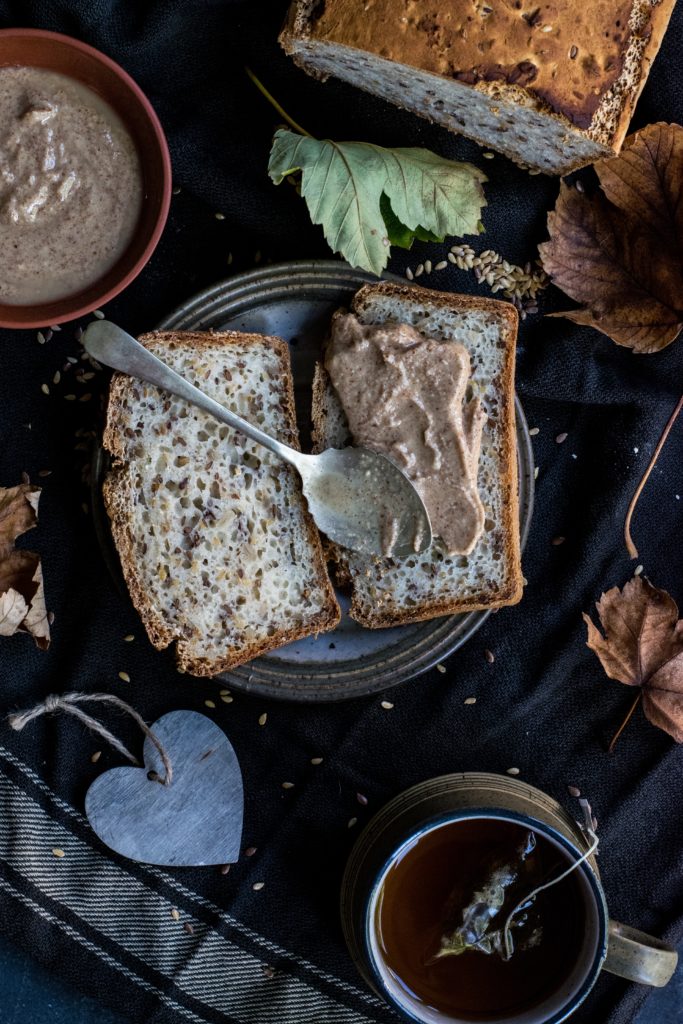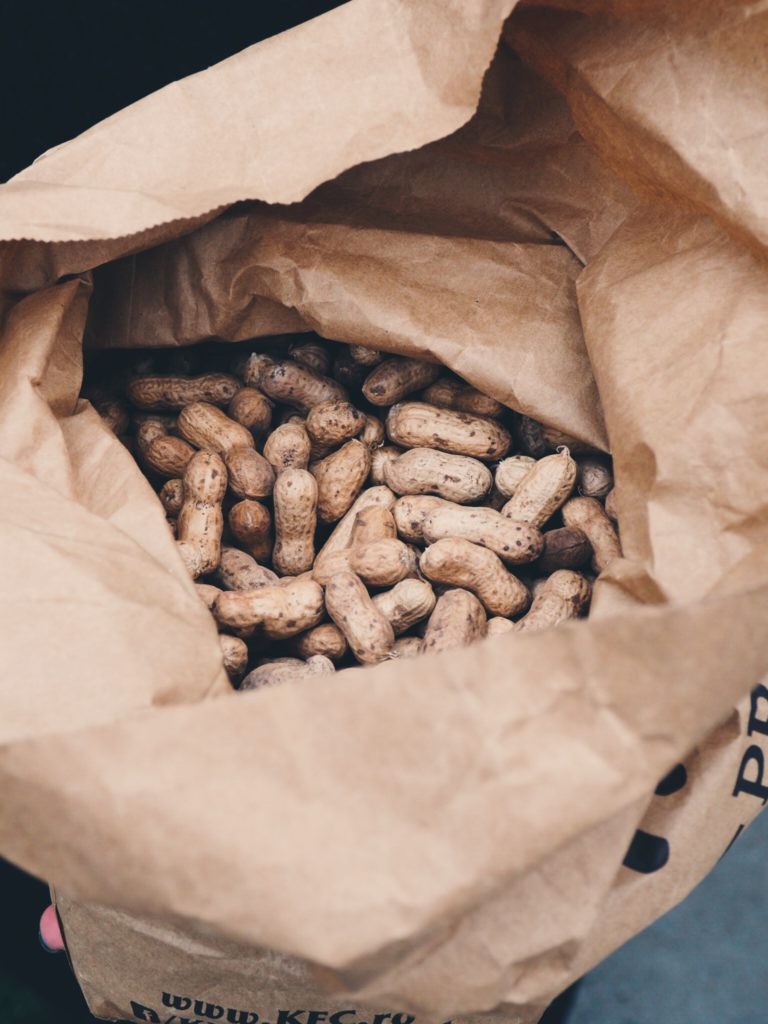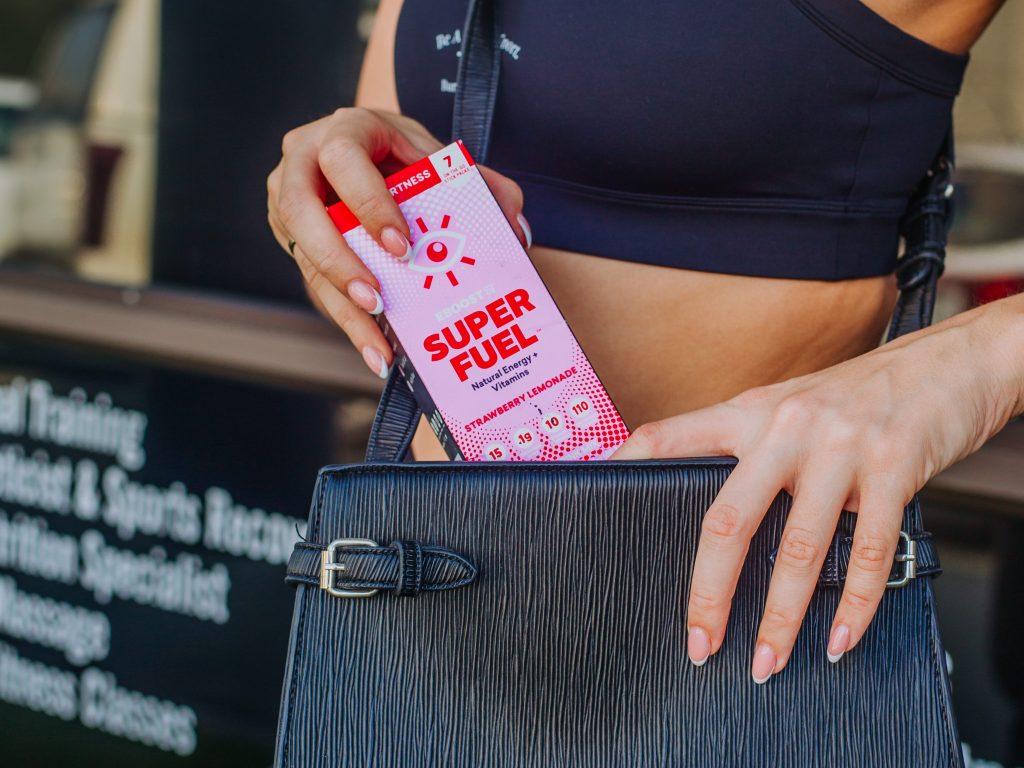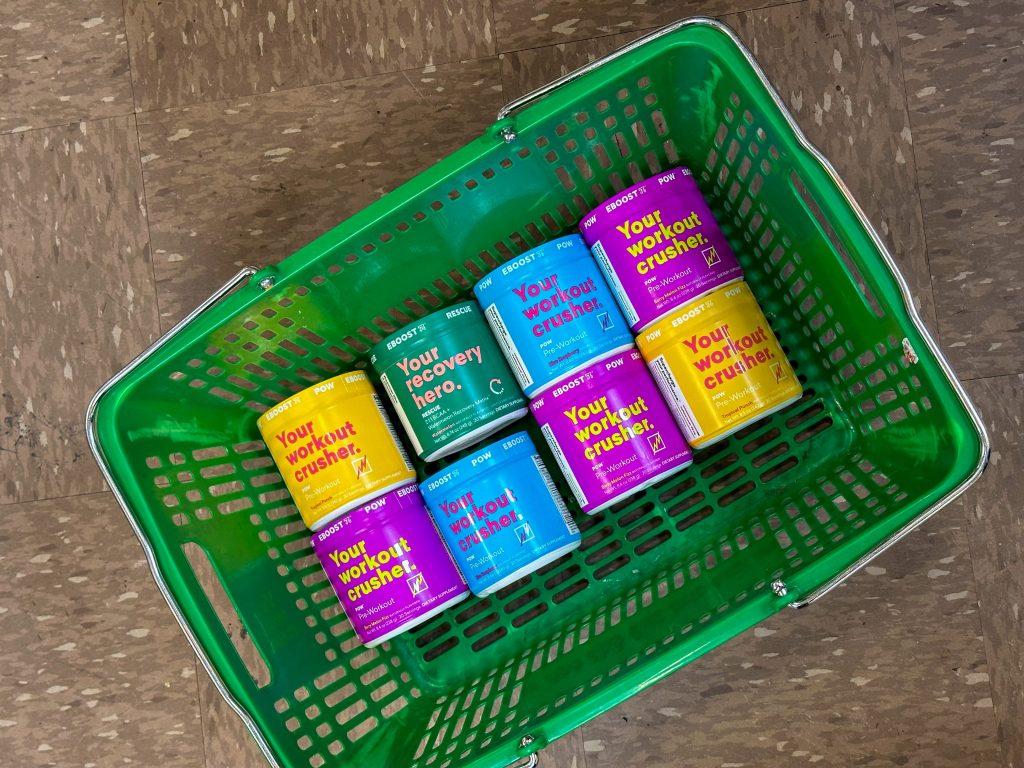The simple answer, no. Peanut Butters should not all be treated equally. All kinds of nut butter for that matter should not be treated equally. From the outside, a lot of peanut butter in jars can look the same. Because really, why should there be anything accept ground peanuts in a jar. Well, if you have never looked at the ingredients list on a peanut butter jar, lucky you. We say lucky you because you haven’t had to go through the disgust of reading how many ingredients are on the back of a jar, but really if you haven’t we suggest you take a look next time you are in the grocery store.
In the United States, there’s a standard of identity for peanut butter. According to FDA regulations, for peanut butter to be labeled as peanut butter, it has to contain at least 90 percent peanuts. The only other allowable ingredients are salt, sweeteners and hydrogenated vegetable oils. Fully hydrogenated oil does not contain trans fat and all major brands of peanut butter in the U.S. contain zero grams of trans fat per serving. – National Peanut Board
Next time you go shopping for Peanut Butter, here are some tried and true rules we always follow.
Never buy low fat or fat-free.
First and foremost, you shouldn’t fear fat. We have been discussing a lot lately here about how fat should not be an enemy. Fat is your friend. You shouldn’t need to feel like you need to buy anything low fat. What you need to monitor is just how much overall you are consuming. See the problem is when something is made low fat or fat-free, other things are added in to make up for the texture, flavor, consistency, etc. These other things added in are usually chemicals–a bunch of filler crap that is definitely not good for your body.
This is a sample of a low-fat peanut butter: INGREDIENTS: ROASTED PEANUTS, CORN SYRUP SOLIDS, SUGAR, SOY PROTEIN, SALT, HYDROGENATED VEGETABLE OILS (COTTONSEED, SOYBEAN AND RAPESEED) TO PREVENT SEPARATION, MONO AND DIGLYCERIDES, MINERALS (MAGNESIUM OXIDE, ZINC OXIDE, FERRIC ORTHOPHOSPHATE, COPPER SULFATE), VITAMINS (NIACINAMIDE, PYRIDOXINE HYDROCHLORIDE, FOLIC ADIC).
What the heck are all of these things ingredients? Sticking to a whole fat version that you want to purchase should just say, peanuts.
Go for Natural or Organic.
To not get too complicated about this, going for a peanut butter that is at least natural is the better option. If you can splurge a bit more for organic, then that is certainly your best source to fuel your peanut butter addiction. Simply stated, organic means that the botanical product was grown in a chemical-free environment and natural means that the final product has been made solely from botanical resources without any use of additives or preservatives. Really both natural and organic are great options.
Separation is okay.
We would take peanut butter that says ‘may separate’ over another any day. In fact, bring on all the separation. If the peanut butter is completely natural with only one ingredient then it should separate. We shouldn’t have to put our peanuts through a process or add things to it that makes us too lazy to stir some peanut butter. Plus, you really only need to stir it once. Once you stir it and get it all moving back together, you can put it in the refrigerator to keep it sticking all together.
All in all, the best approach to peanut butter is heading to your grocery stores bulk section, buying organic peanut butter and make your own. If you have a high powered blender, then making peanut butter will be easy peasy. It really is WAY simpler than you can imagine. Just throw the peanuts in your blender and blend away.







